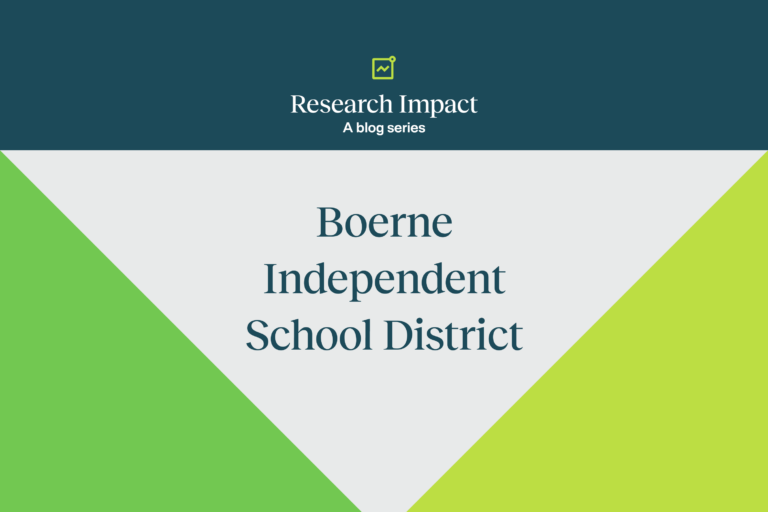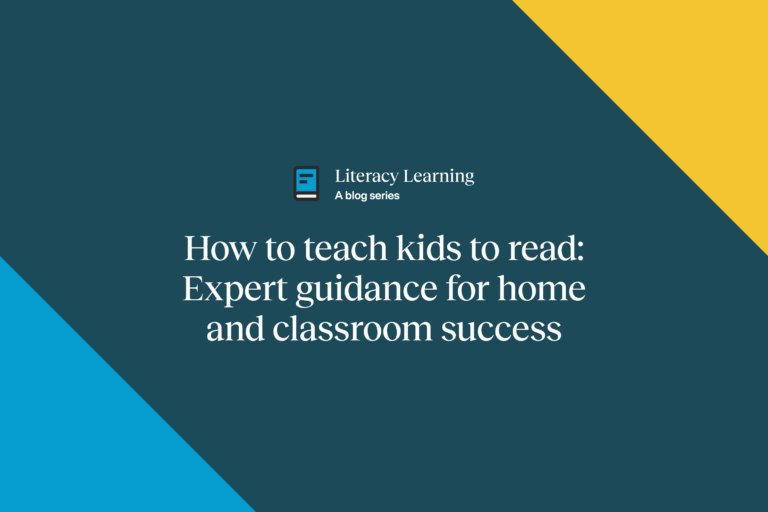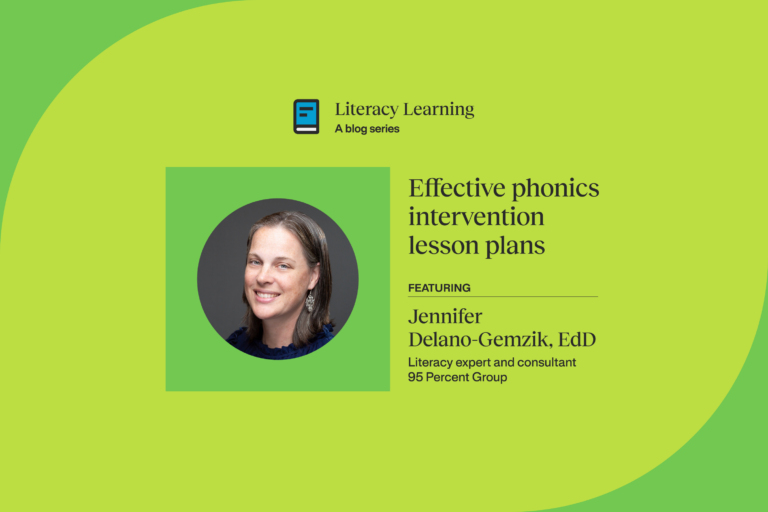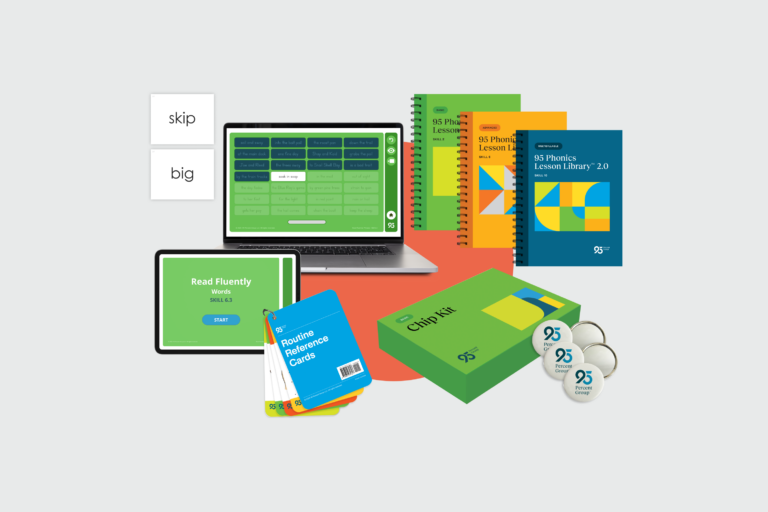Kids’ Reading Comprehension
Not everyone learns the same way. We want to help teachers improve every kid's reading comprehension skills starting from an early age. It's critical for students to be able to decode by third grade, AND...to read with comprehension. Understanding the crucial steps in the comprehension process will help kids immensely. We have illustrated these in our Reading Comprehension Continuum, a resource we'd like to share with you. Let's take a look three of the seven comprehension processes we include in our Comprehension Continuum.

Step #1: Connecting: When you’re reading something and you can relate it to something in your life, that’s a form of comprehension. Go ahead and ask your students to relate a passage to a memory or event in life. Just the process of thinking through the passage and comparing it to your life is light years better than simply re-reading a passage.
Step #3: Prediction: In order to be able to predict what is going to happen in a story, you have to use that part of your brain that understands what is currently going on, detects any trends or clues, and then makes a prediction. Prediction is a great open class tool to improve your kids’ reading comprehension.
Step #6: Imaging: When you’re reading a really good book, it should play like a movie in your head. Getting your kids to turn the words into visuals is critical in comprehending the text. Drawing a picture, or describing a visual, forces the student to use a different part of the brain.
In our Comprehension Continuum we highlight 4 other ways to improve comprehension, and recommend the 7 comprehension processes be taught in a specific order to maximize student success. This a widely-used resource gives educators a sequence for teaching processes to improve students’ reading comprehension.
Download now
Download the Comprehension Continuum now and let us partner with you to improve reading success in your classroom.



